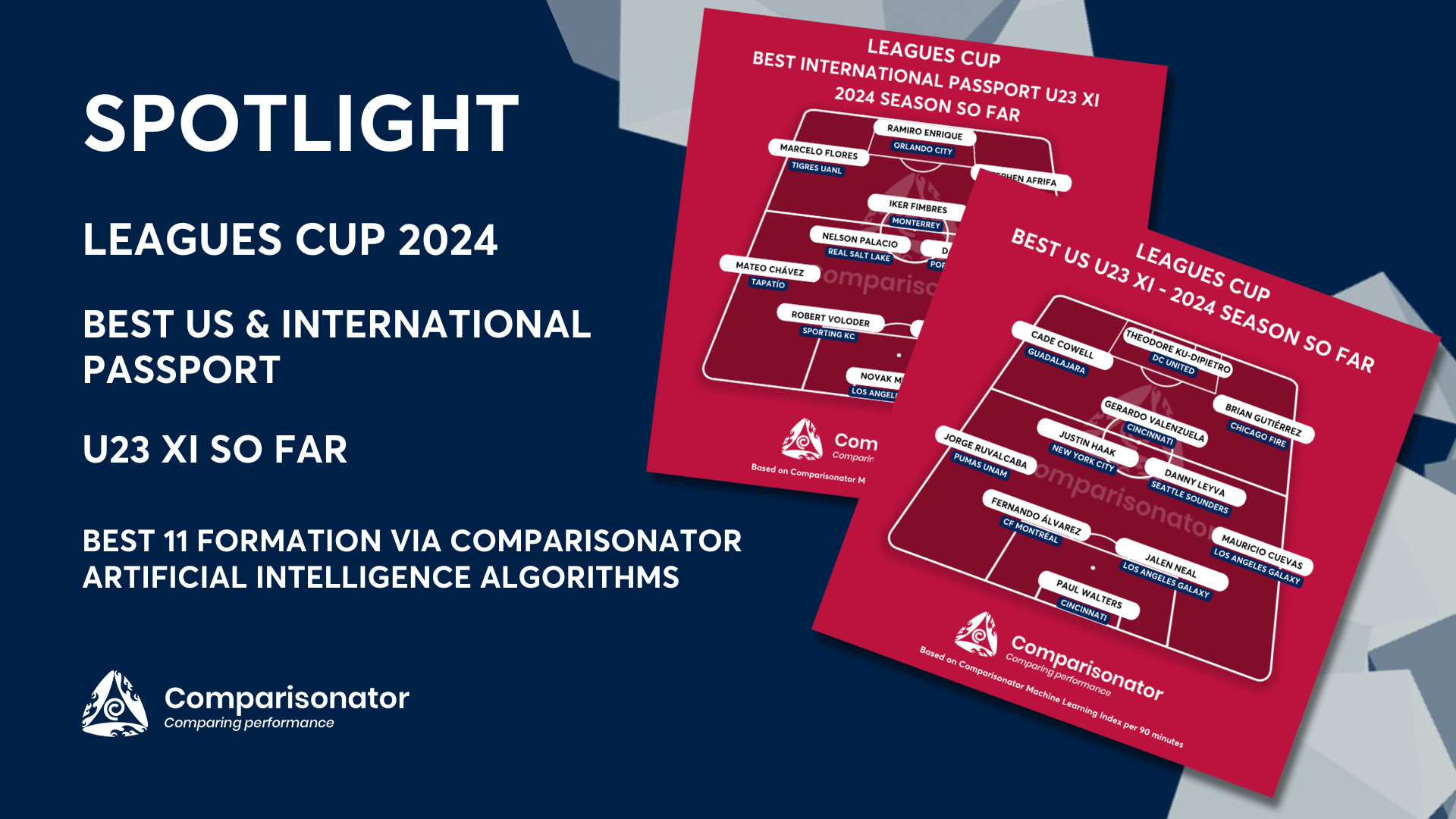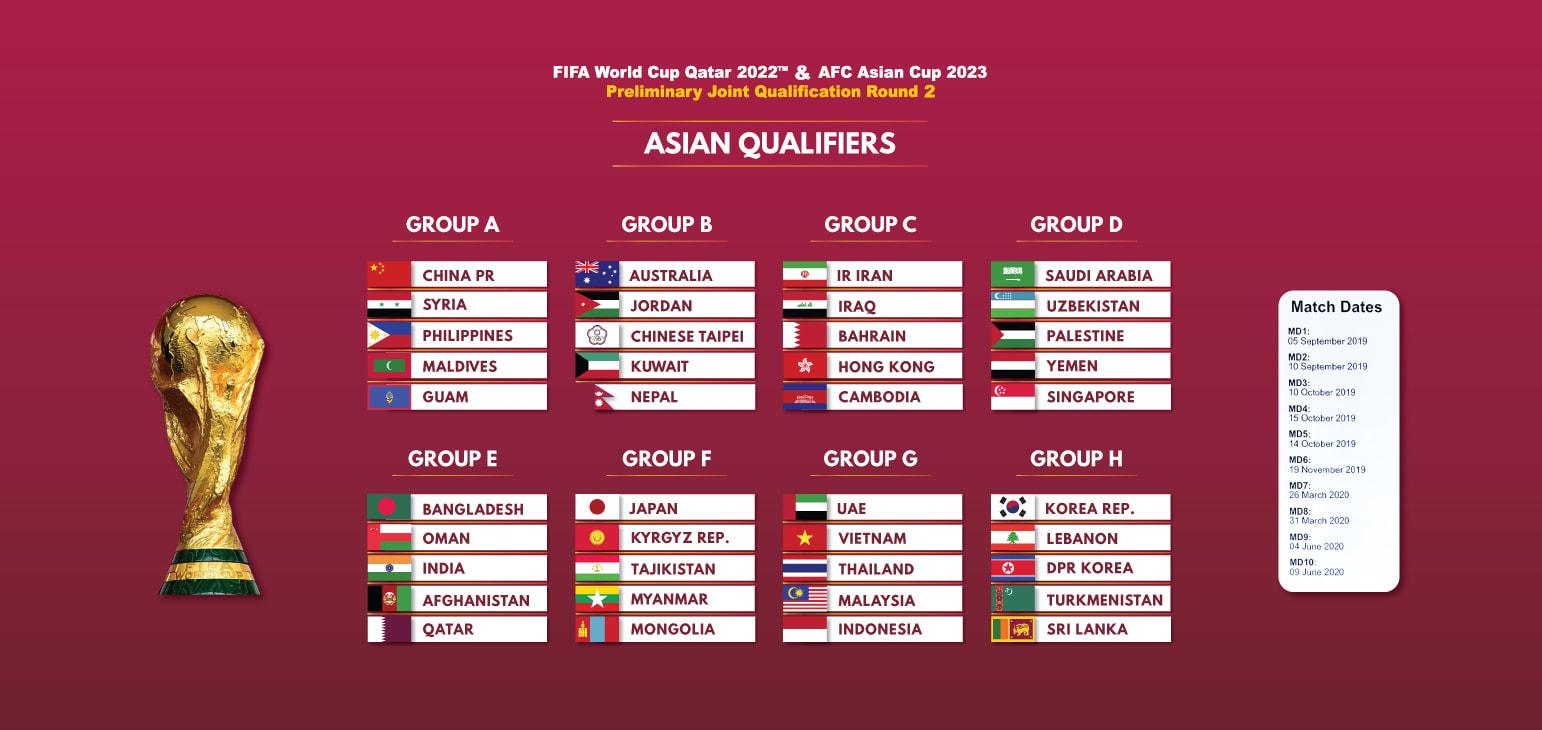
European Leagues Comparison 2025: A Shifting Landscape of Power, Passion, and Pragmatism
As the football world hurtles towards the mid-point of the decade, the European football landscape in 2025 presents a fascinating tapestry of evolving power dynamics, tactical innovations, and enduring cultural identities. While some trends have solidified, new challenges and opportunities continue to shape the continent’s premier club competitions. This comprehensive comparison delves into the strengths, weaknesses, and unique characteristics of the top five leagues – the Premier League, La Liga, Serie A, Bundesliga, and Ligue 1 – in the context of the 2024-2025 season and beyond.
I. The Premier League: The Unrivaled Behemoth
In 2025, the English Premier League firmly entrenches its position as the world’s most commercially dominant and globally appealing football competition. Its financial muscle, fueled by colossal broadcasting deals and burgeoning international sponsorships, remains unparalleled. This wealth translates directly into attracting and retaining top-tier talent, leading to a league saturated with world-class players from across the globe.
The defining characteristic of the Premier League in 2025 is its relentless competitiveness, from the title race to the battle for European qualification and the desperate fight against relegation. The concept of a "top six" has expanded, with several clubs outside the traditional elite possessing the financial backing and tactical acumen to challenge for European spots. This competitive depth ensures fewer "easy" games, demanding consistent high performance from every squad. Tactically, the league continues to be a melting pot, embracing diverse philosophies ranging from high-pressing, gegenpressing systems to possession-based dominance and sophisticated counter-attacking football. The managerial landscape is equally varied, featuring a blend of established tactical masterminds and ambitious young coaches.
However, the Premier League’s success also presents challenges. The relentless schedule, exacerbated by expanded European competitions and international breaks, places immense strain on player welfare. The sheer financial disparity between the Premier League and other European leagues also continues to widen, raising questions about competitive balance on a continental scale, even as the league itself remains fiercely contested internally. The league’s global reach means it’s less tied to its local fanbase, which can be seen as a strength but also a potential detractor for some traditionalists.
II. La Liga: Tactical Nuance and Enduring Legacy
Spain’s La Liga in 2025 maintains its reputation for technical excellence, tactical sophistication, and a deep-rooted footballing culture. While perhaps not matching the Premier League’s financial might, La Liga continues to be a crucible for some of the world’s most technically gifted players and tactically astute coaches. The enduring rivalry between Real Madrid and FC Barcelona remains the league’s pulsating heart, attracting global attention with every El Clásico.
Beyond the traditional duopoly, clubs like Atlético Madrid consistently challenge for honours, while others such as Real Sociedad, Sevilla, and Villarreal often demonstrate a high level of tactical discipline and player development. La Liga’s strength lies in its emphasis on ball retention, intricate passing, and strategic play, often contrasting with the more direct, high-octane approach seen in England. The league’s academies, particularly La Masia, continue to produce a steady stream of exceptional young talent, albeit some are increasingly poached by wealthier clubs abroad.
Financial prudence has become an even greater imperative for many Spanish clubs in 2025, with strict financial fair play rules often limiting extravagant spending. This has fostered a greater reliance on shrewd player trading, loan markets, and youth development. While this has arguably impacted the league’s ability to retain all its brightest stars, it has also led to a more sustainable model for many teams, ensuring competitiveness through strategic planning rather than sheer financial muscle. La Liga’s performance in European competitions remains strong, consistently providing finalists and winners in the Champions League and Europa League, showcasing its enduring quality.
III. Serie A: The Renaissance Continues
Italy’s Serie A in 2025 is a league firmly in the midst of a sustained renaissance. Having emerged from a period of relative decline, Italian football has rediscovered its tactical ingenuity, defensive solidity, and attacking flair. The league is no longer solely defined by its Catenaccio heritage; instead, it showcases a diverse range of tactical approaches, with many teams employing aggressive pressing, dynamic transitions, and fluid attacking formations.
The title race in Serie A in 2025 is often fiercely contested, with a wider array of clubs challenging for top honours compared to a decade ago. Traditional giants like Juventus, AC Milan, and Inter Milan continue to vie for supremacy, but the emergence of ambitious clubs such as Napoli, Lazio, and Atalanta has added significant competitive depth and unpredictability. This renewed competitiveness has been fueled by a combination of astute management, strategic investment in youth development, and a growing confidence in Italian coaching talent.
Off the pitch, many Serie A clubs have made significant strides in modernizing infrastructure, including stadium improvements and increased commercial revenue streams. The league’s focus on integrating talented young Italian players, alongside shrewd international recruitment, has also contributed to its resurgence. While still facing financial challenges relative to the Premier League, Serie A’s improving financial health and renewed tactical vibrancy have re-established its credentials as one of Europe’s premier footballing destinations, consistently providing strong performances in European competitions.
IV. Bundesliga: High Octane, Youth Focused, and Fan-Centric
In 2025, the German Bundesliga remains celebrated for its high-octane, attacking football, exceptional fan culture, and unparalleled commitment to youth development. The league’s stadiums consistently boast the highest average attendances in Europe, driven by affordable ticket prices, vibrant fan engagement, and the famous 50+1 rule which ensures majority fan ownership, preserving the soul of the clubs.
Tactically, the Bundesliga in 2025 continues to be a hotbed for innovative, high-pressing football, often characterized by rapid transitions and intense physicality. This style of play produces exhilarating matches and has become a blueprint for many European clubs. The league’s commitment to youth development is exemplary, with German academies consistently producing world-class talent, not only for domestic clubs but also for export to other top European leagues. This talent pipeline ensures a continuous refresh of quality within the league.
However, the Bundesliga in 2025 still grapples with the dominance of Bayern Munich. While other clubs, notably Borussia Dortmund and RB Leipzig, consistently challenge, Bayern’s financial power and consistent sporting excellence often lead to a less competitive title race than seen in England or Italy. This can be perceived as a drawback by some, impacting global viewership interest outside of Bayern’s fervent fanbase. Despite this, the league’s robust financial health, progressive fan policies, and commitment to attacking football make it a unique and highly attractive proposition within the European football ecosystem.
V. Ligue 1: PSG’s Shadow and Emerging Talent
France’s Ligue 1 in 2025 continues to operate largely under the colossal shadow of Paris Saint-Germain. PSG’s immense financial backing allows them to attract and retain some of the world’s most high-profile players, making them a dominant force domestically. Their primary objective remains success in the Champions League, often overshadowing the domestic competition.
Beyond PSG, Ligue 1 in 2025 functions primarily as a fertile ground for developing and exporting exceptional young talent. Clubs like Lyon, Monaco, Lille, and Marseille boast excellent scouting networks and academies, consistently unearthing future stars who often move to wealthier leagues for significant fees. This "stepping stone" reputation means that while the league produces incredible players, it often struggles to retain them for extended periods, impacting its competitive balance at the very top.
Tactically, Ligue 1 offers a diverse array of styles, from robust, physical football to technically adept, attacking play. The league is often characterized by its athleticism and the raw potential of its young players. However, financial disparities between PSG and the rest of the league are stark, and the broadcasting rights issues that plagued the league in the early 2020s still cast a long shadow, impacting the financial stability of many clubs. Despite these challenges, Ligue 1 remains an exciting league for talent identification and a crucial part of the European football ecosystem, constantly feeding the continent’s top clubs with its brightest prospects.
VI. Comparative Analysis and Key Trends in 2025
The comparative analysis of these leagues in 2025 reveals several overarching trends:
- Financial Disparity: The Premier League’s financial dominance has only solidified, creating a significant gap between it and the other top leagues. This impacts player movement, global marketing, and overall competitive balance in European competitions.
- Tactical Convergence and Diversity: While each league retains its unique tactical flavour, there’s a growing convergence of ideas. High-pressing, fluid formations, and data-driven analytics are prevalent across all top leagues, yet each also fosters distinct tactical schools (e.g., La Liga’s technical mastery, Bundesliga’s verticality, Serie A’s renewed tactical flexibility).
- Youth Development as a Core Strategy: With financial fair play regulations tightening and transfer fees skyrocketing, youth development has become an even more critical component of club strategy across all leagues. The Bundesliga and Ligue 1 remain leaders in this regard, but La Liga and Serie A have also intensified their focus on homegrown talent.
- Global Market Reach: All leagues are increasingly focused on expanding their global fan bases and commercial revenues. The Premier League leads this charge, but La Liga, Serie A, and the Bundesliga are actively pursuing international growth strategies, particularly in emerging markets.
- Performance in European Competitions: This remains the ultimate litmus test. While the Premier League consistently provides multiple strong contenders, La Liga’s traditional giants and Serie A’s resurgent clubs continue to perform admirably. The Champions League’s expanded format in 2024-2025 further intensifies the battle for qualification and deep runs, impacting domestic league strategies.
VII. Challenges and Future Outlook
Looking ahead from 2025, European football faces several persistent challenges:
- Financial Sustainability: Beyond the Premier League, many clubs across Europe continue to navigate tight financial landscapes, balancing ambition with solvency.
- Player Welfare: The relentless fixture congestion from domestic, European, and international competitions remains a significant concern, risking burnout and injuries.
- Impact of Technology: The ongoing evolution of VAR and the potential integration of AI in officiating will continue to spark debate and shape the game.
- Competition from Outside Europe: While nascent, the growing financial power of leagues like the Saudi Pro League and MLS poses a long-term, albeit currently limited, threat to attracting and retaining talent.
VIII. Conclusion
In 2025, European club football remains the undisputed pinnacle of the global game, offering an unparalleled blend of skill, drama, and passion. Each of the top five leagues contributes a unique flavour to this rich tapestry. The Premier League stands as the commercial and competitive juggernaut, La Liga embodies technical artistry, Serie A showcases a tactical renaissance, the Bundesliga champions fan culture and youth, and Ligue 1 serves as a vital incubator of future stars.
While the financial disparities are undeniable, the spirit of competition, tactical innovation, and a fervent global fanbase ensure that the beautiful game continues to evolve and captivate. The coming years promise more thrilling rivalries, emerging talents, and tactical battles that will continue to define the ever-shifting landscape of European football.



